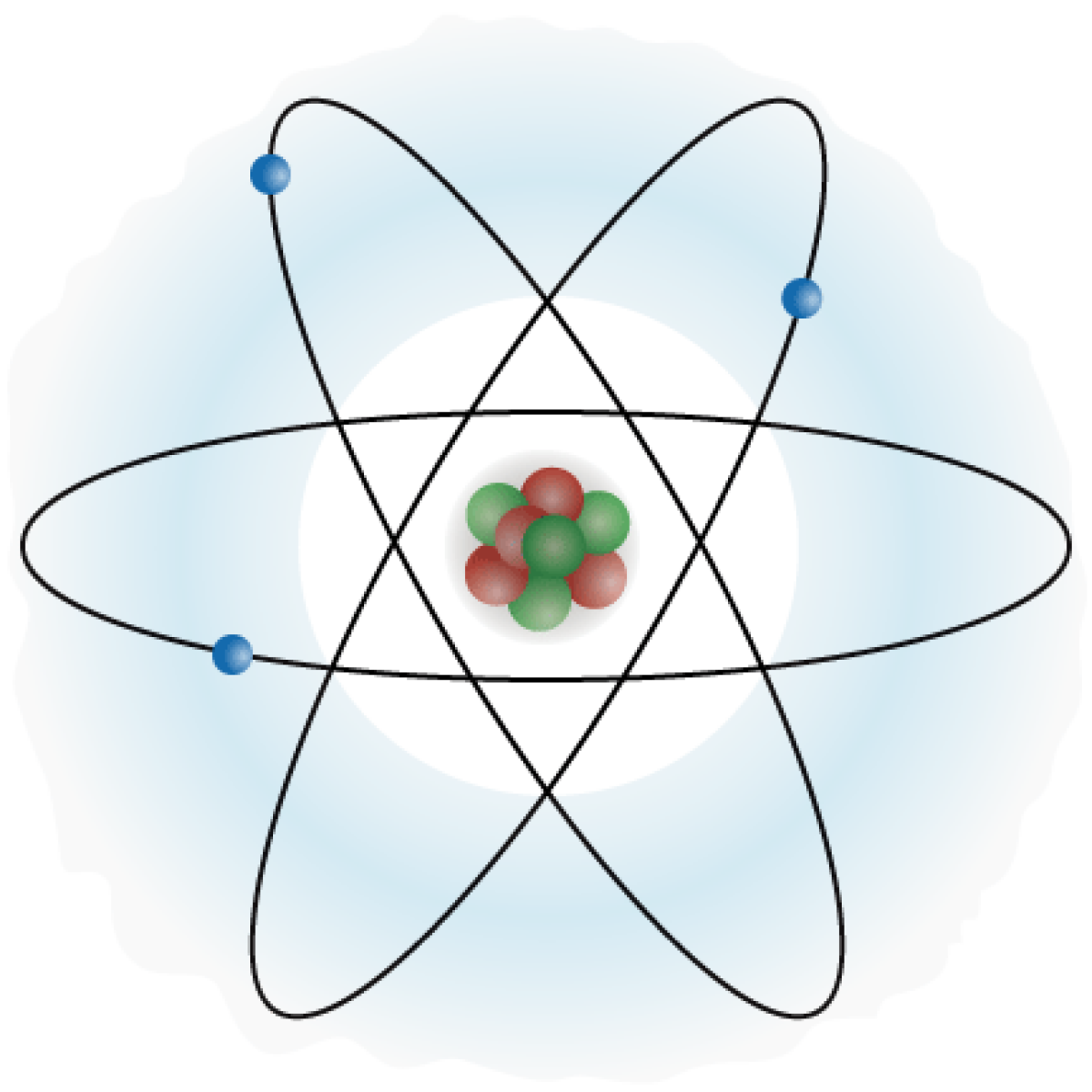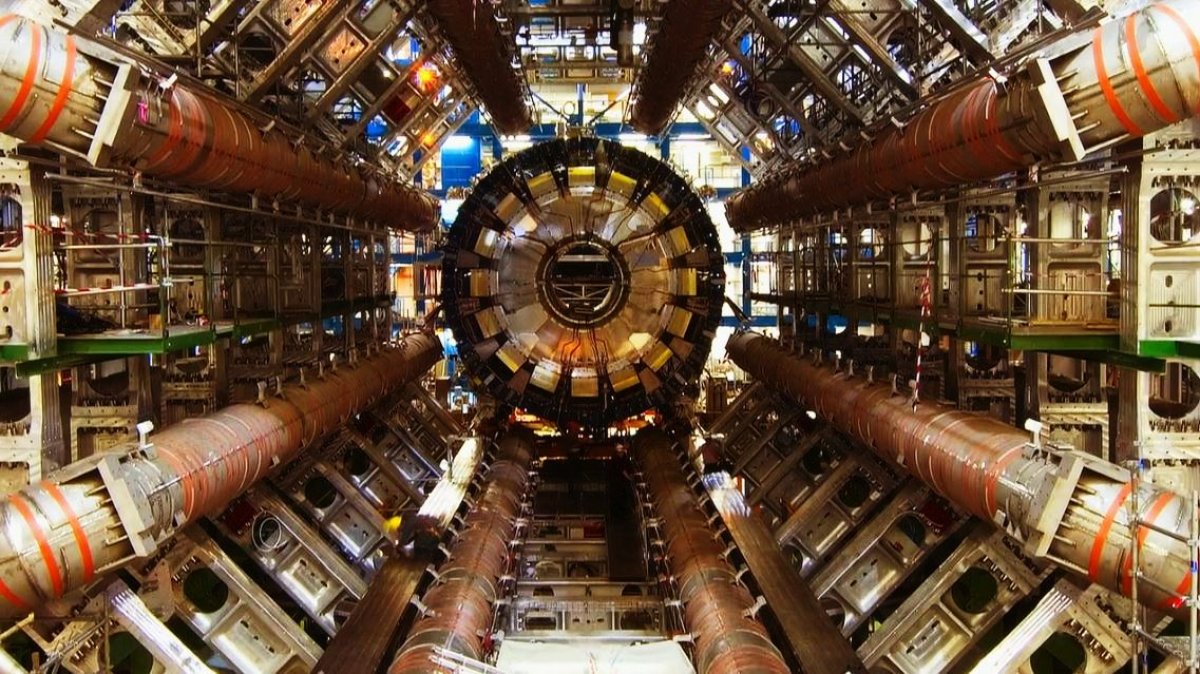
The mysterious dark matter that makes up around 80 percent of mass in the universe may finally have a name—SIMP, or "strongly interacting massive particles."
The concept of SIMP was first theorized three years ago by Hitoshi Murayama and Yonit Hochberg, physicists based in Japan and Israel. On Monday, Murayama presented new observations from colliding galaxies at the 29th Texas Symposium on Relativistic Astrophysics that he believes supports the existence of SIMPs.
According to theoretical physics, everything we can see in the universe is kept in place by invisible, gravity-wielding matter. Without dark matter, galaxies would be ripped apart.
Largely because it is so hard to observe, dark matter is incredibly hard to understand. Some astrophysicists claim that it may not even exist. However, the strange substance remains one of the most important theoretical entities in modern physics.
Before Murayama and Hochberg put forward their theory of SIMPs, two concepts, called MACHOs and WIMPs, competed to explain the elusive particles.

MACHOs—or massive astrophysical compact halo objects—are dark objects made from protons and neutrons, such as black holes and burned-out stars.
Physicists used to believe that dark matter might be made up of these invisible celestial bodies. However, in October, scientists who'd made observations using the Subaru Telescope didn't find enough MACHOs to account for the abundance of dark matter theorized.
"That study pretty much eliminated the possibility of MACHOs; I would say it is pretty much gone," Murayama said in a press release.
WIMPs—or weakly interacting massive particles—have also faced their share of problems. WIMPs are quite large, with a mass around 100 times the size of a proton. They should interact with normal particles far more often than with other WIMPs.
WIMPs were believed to attract normal particles, like a magnet and iron filings. Matter would build up around WIMPs, eventually becoming stars.

However, small galaxies present a problem for WIMP theory, as Murayama explained: "There has been this longstanding puzzle: If you look at dwarf galaxies, which are very small with rather few stars, they are really dominated by dark matter. And if you go through numerical simulations of how dark matter clumps together, they always predict that there is a huge concentration towards the center. A cusp.
"But observations seem to suggest that concentration is flatter: a core instead of a cusp."
Particles which attract normal matter—but not things like themselves—fail to mathematically predict a core distribution.
SIMPs supported by dwarf galaxies, galaxy collisions
SIMPs, Muramaya believes, offer a better alternative to WIMPs. "If dark matter has a finite size, like a SIMP, the particles can go 'clink' and disperse themselves, and that would actually flatten out the mass profile toward the center," he explained.
The SIMP would be about the size of an atomic nucleus—far smaller than a WIMP. This means there could be more of them floating about the universe, which would compensate for their weaker interactions with normal matter.
Muramaya's SIMP-based explanation for dark matter explained a curious observation at the site of four colliding galaxies. Around the Abell 3827 cluster, dark matter appears to have merged much more slowly than visible matter.
Muramaya explained that dark matter particles must have a finite size. This causes them to scatter against each other and be "pushed back" by the luminous matter.
Particle accelerators like the Large Hadron Collider in Geneva will soon be used to investigate whether SIMPs actually exist.
In the meantime, physicists are still searching for WIMPs.
Uncommon Knowledge
Newsweek is committed to challenging conventional wisdom and finding connections in the search for common ground.
Newsweek is committed to challenging conventional wisdom and finding connections in the search for common ground.
About the writer
Katherine Hignett is a reporter based in London. She currently covers current affairs, health and science. Prior to joining Newsweek ... Read more
To read how Newsweek uses AI as a newsroom tool, Click here.








